
1. Introduction
Cyanide heap leaching is a widely used method for extracting gold from low - grade ores. The process involves placing the ore in a heap, spraying a cyanide solution over it, and allowing the cyanide to dissolve the gold. The pregnant solution is then collected and processed to recover the gold. Before large - scale implementation of cyanide heap leaching, conducting pre - tests is of utmost importance. These tests provide essential information about the ore characteristics, optimal process parameters, and potential environmental impacts, which are crucial for the economic and sustainable operation of a gold - extraction project.
2. Ore Sampling and Characterization
2.1 Sampling
The first step in the pre - test is to obtain representative ore samples. Sampling should be carried out in a systematic and scientific manner to ensure that the samples accurately reflect the properties of the entire ore body. The samples are typically collected from different areas of the ore deposit, taking into account factors such as ore grade, lithology, and mineralogy. For example, if the ore deposit has distinct zones with different gold grades, samples should be taken from each zone. The sample size also needs to be sufficient to allow for comprehensive analysis. A common rule of thumb is to collect samples that are large enough to represent the heterogeneity of the ore, usually several kilograms or more depending on the nature of the ore.
2.2 Characterization
Once the samples are collected, they undergo a series of characterization tests.
Mineralogical Analysis: This involves using techniques such as optical microscopy, X - ray diffraction (XRD), and electron microprobe analysis to identify the minerals present in the ore. The presence of certain minerals can affect the cyanide leaching process. For instance, sulfide minerals may react with cyanide, consuming it and reducing the efficiency of gold dissolution. Quartz and carbonate minerals can also influence the permeability of the ore heap, which is important for the flow of the cyanide solution.
Chemical Analysis: Determining the chemical composition of the ore is essential. The gold grade is, of course, a primary focus, but other elements such as silver, copper, iron, and arsenic also need to be analyzed. High levels of copper or iron can complex with cyanide, reducing its availability for gold dissolution. Arsenic can be a particularly problematic element as it can form arsenic - cyanide complexes and also pose environmental risks if not properly managed.
Physical Properties: Measuring the physical properties of the ore, such as particle size distribution, porosity, and density, is also part of the characterization process. Particle size is critical as it affects the surface area of the ore available for cyanide attack and the permeability of the ore heap. Finer - grained ores generally have a larger surface area for gold dissolution but may also lead to lower permeability if not properly processed. Porosity and density influence the flow of the cyanide solution through the ore heap and the overall efficiency of the leaching process.
3. Cyanide Leaching Kinetics Tests
3.1 Batch Leaching Tests
Batch leaching tests are commonly used to study the cyanide leaching kinetics of the ore. In these tests, a known amount of ore sample is placed in a container, and a cyanide solution of a specific concentration is added. The mixture is then agitated under controlled conditions of temperature, pH, and oxygen availability. Samples of the solution are periodically withdrawn and analyzed for gold content. This allows for the determination of the rate of gold dissolution over time. For example, the data obtained from batch leaching tests can be used to fit kinetic models, such as the shrinking - core model, which describes the progress of the leaching reaction as a function of time. The results of these tests help in estimating the time required for significant gold extraction and in understanding the factors that control the leaching rate.
3.2 Column Leaching Tests
Column leaching tests are more representative of the actual heap leaching process. In a column leaching test, a column is filled with a bed of ore, and the cyanide solution is continuously fed from the top and allowed to percolate through the ore bed. The column is typically equipped with sampling ports at different heights to monitor the composition of the solution as it passes through the ore. Column leaching tests can provide information on the distribution of gold extraction along the height of the ore column, the permeability of the ore bed during leaching, and the effects of factors such as solution flow rate and residence time. These tests are useful for optimizing the design of the heap leaching operation, such as determining the appropriate height of the ore heap and the flow rate of the cyanide solution to achieve maximum gold recovery.
4. Optimization of Process Parameters
4.1 Cyanide Concentration
One of the key parameters to optimize is the cyanide concentration in the leaching solution. Different ores have different optimal cyanide concentrations depending on factors such as the gold mineralogy and the presence of other reactive species. Too low a cyanide concentration may result in incomplete gold dissolution, while too high a concentration can be costly and may also lead to increased environmental risks. The pre - test involves conducting a series of experiments with varying cyanide concentrations to determine the concentration that gives the highest gold recovery at the lowest cost. For example, in some cases, a cyanide concentration in the range of 0.05 - 0.2% may be suitable for a particular ore, but this can vary widely.
4.2 pH Adjustment
The pH of the cyanide solution is another critical parameter. Cyanide leaching of gold is typically carried out in a slightly alkaline medium, with a pH in the range of 9 - 11. At this pH range, cyanide is relatively stable, and the dissolution of gold is favored. However, the optimal pH can vary depending on the ore composition. Some ores may contain acidic or basic components that can affect the pH of the leaching solution during the process. Therefore, in the pre - test, experiments are conducted to determine the initial pH of the cyanide solution that needs to be adjusted and maintained throughout the leaching process to achieve the best gold recovery. Chemicals such as lime (CaO) or sodium hydroxide (NaOH) are commonly used to adjust the pH.
4.3 Oxygen Supply
Oxygen is an essential reactant in the cyanide leaching of gold. The reaction between gold, cyanide, and oxygen can be represented by the following equation: \(4Au + 8NaCN+O_2 + 2H_2O\rightarrow4Na[Au(CN)_2]+4NaOH\). Adequate oxygen supply is necessary to ensure efficient gold dissolution. In the pre - test, methods to supply oxygen to the leaching system are evaluated. This can include sparging air or pure oxygen into the cyanide solution in batch or column tests. The effect of different oxygen - supply rates on the gold leaching rate is studied to determine the optimal oxygen - supply conditions for the actual heap leaching operation.
5. Environmental Impact Assessment in Pre - tests
5.1 Cyanide Loss and Degradation
Cyanide is a toxic substance, and its proper management is crucial in cyanide heap leaching. In the pre - test, studies are carried out to assess the potential loss and degradation of cyanide. Cyanide can be lost through various mechanisms, such as volatilization as hydrogen cyanide (HCN) gas, especially at low pH values, and reaction with other components in the ore. Degradation of cyanide can occur due to the presence of certain microorganisms or chemical reactions. Monitoring the cyanide concentration in the leaching solution over time and analyzing the factors contributing to cyanide loss and degradation helps in designing appropriate measures to minimize environmental risks. For example, if significant cyanide volatilization is observed in the pre - test, measures such as increasing the pH of the solution or using cyanide - resistant covers for the ore heap can be considered.
5.2 Metal Contamination in Effluents
The pre - test also involves analyzing the metal content in the effluent solutions from the leaching process. In addition to gold, other metals such as copper, zinc, and arsenic may be present in the effluent. High levels of these metals in the effluent can pose environmental risks if discharged without proper treatment. Analyzing the metal composition of the effluent helps in determining the need for and the type of effluent treatment required. For instance, if high levels of arsenic are detected, methods such as precipitation, adsorption, or ion - exchange may need to be explored to remove arsenic from the effluent before discharge.
6. Conclusion
The pre - test of cyanide heap leaching for gold extraction is a comprehensive and multi - step process that plays a vital role in the successful implementation of a gold - extraction project. Through ore sampling and characterization, leaching kinetics tests, optimization of process parameters, and environmental impact assessment, valuable information is obtained. This information is used to design an efficient and environmentally sustainable cyanide heap leaching operation, ensuring maximum gold recovery while minimizing costs and environmental risks.
- Random article
- Popular articles
- Popular comments
- How to Extract Gold Using Mercury
- Branch serial flow flotation process for lead-zinc ore
- Nickel Ore Mixing and Separation Flotation Process
- Laterite Nickel Ore Hydrometallurgical Process for Oxide Ore
- Lithium ore heavy medium beneficiation process
- Lithium Ore Processing: Gravity Separation and Flotation
- Uranium Ore Radioactive Treatment Process




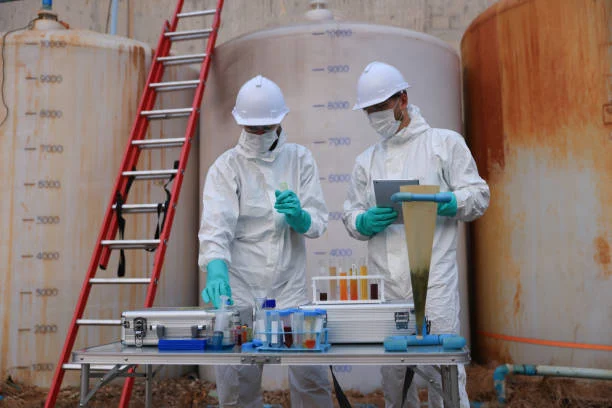

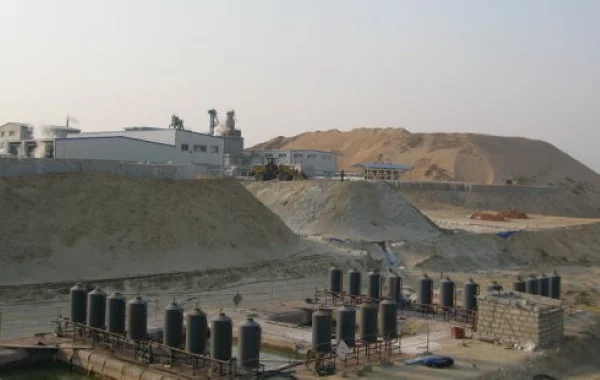

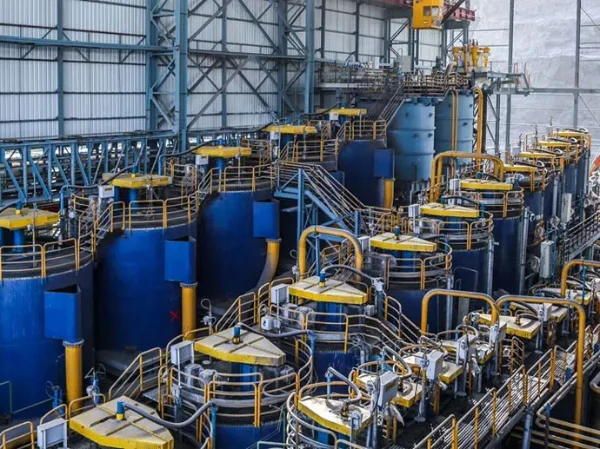
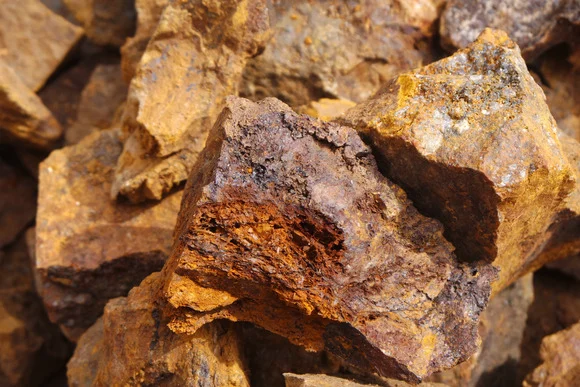
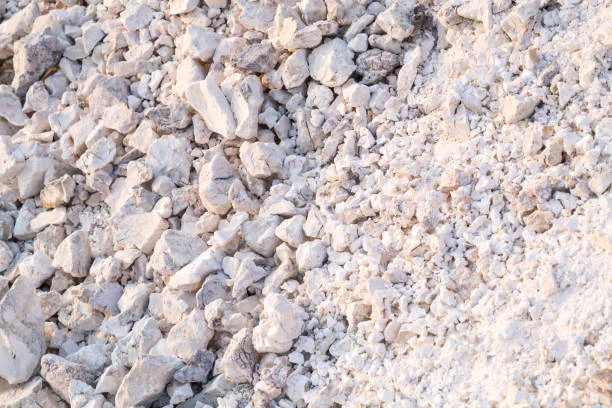
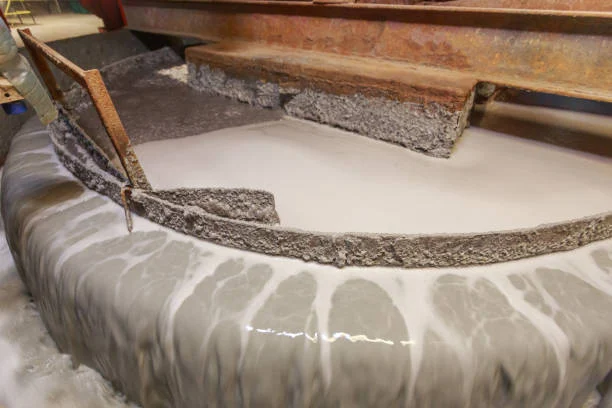

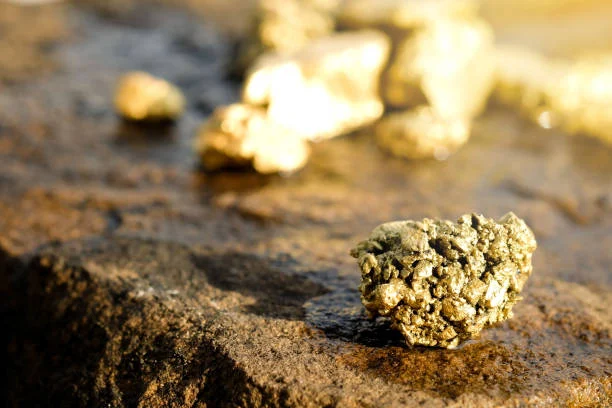

Leave a message with your needs or comments
Add comment: